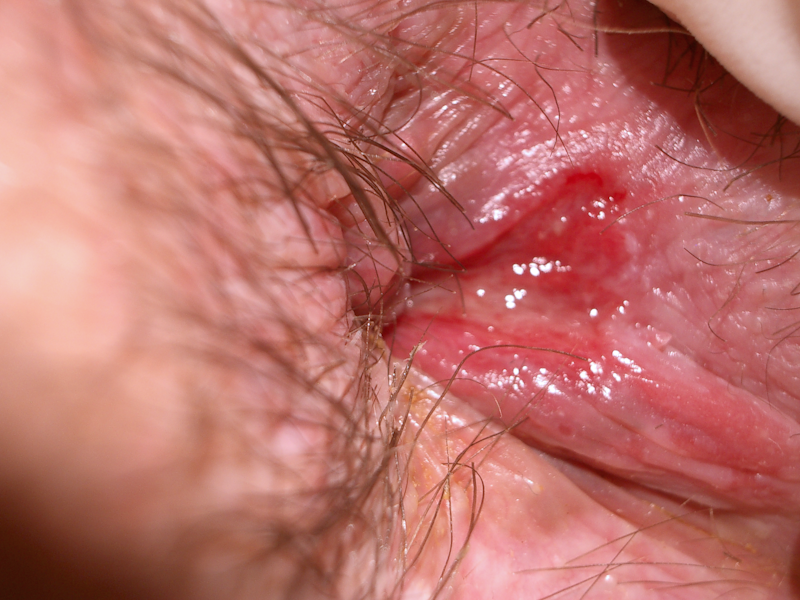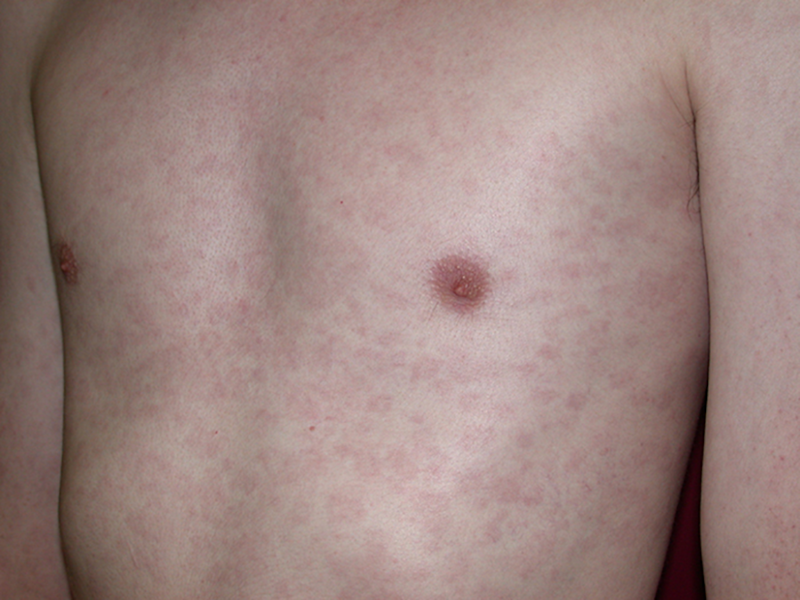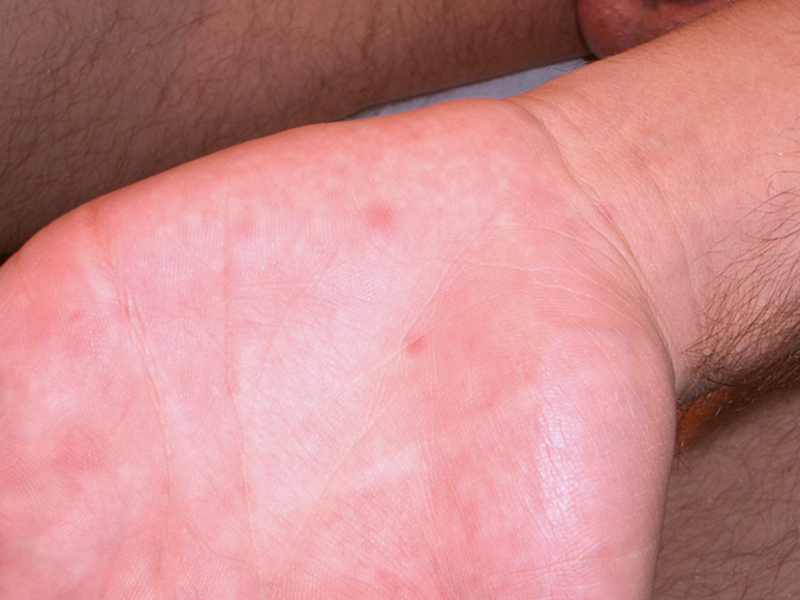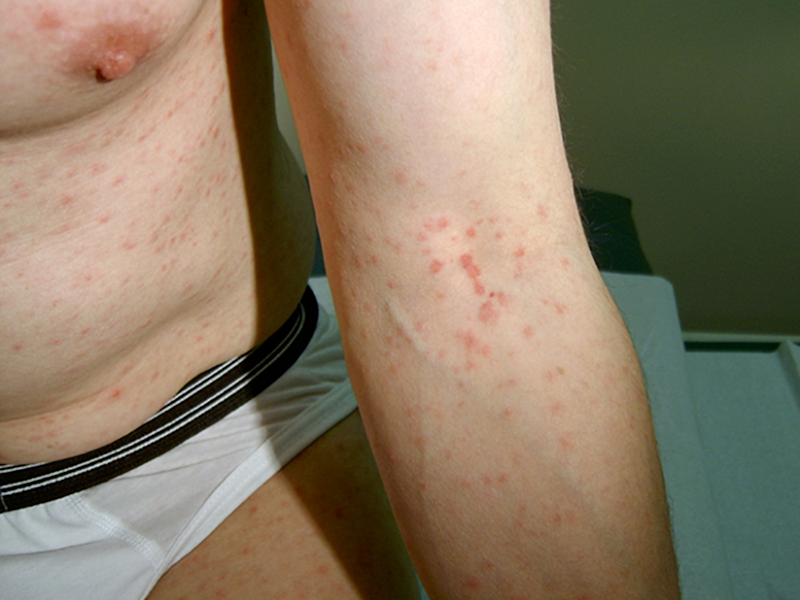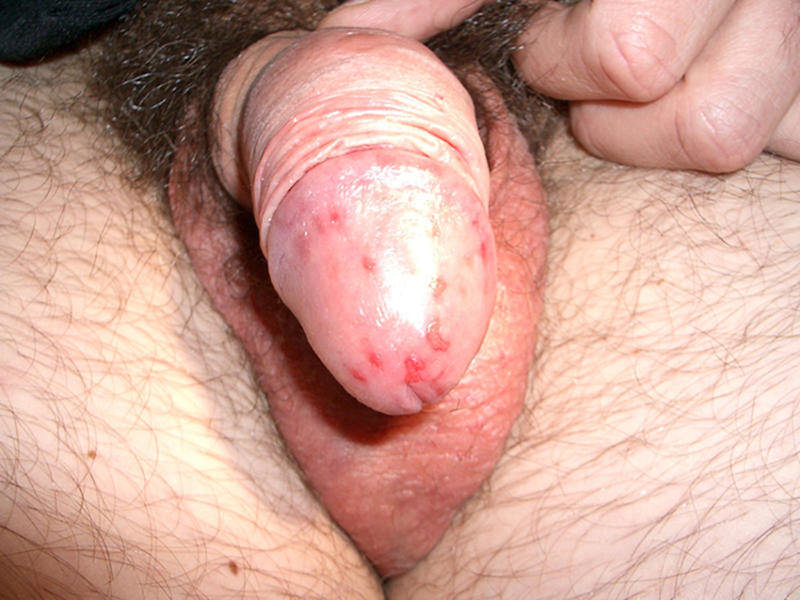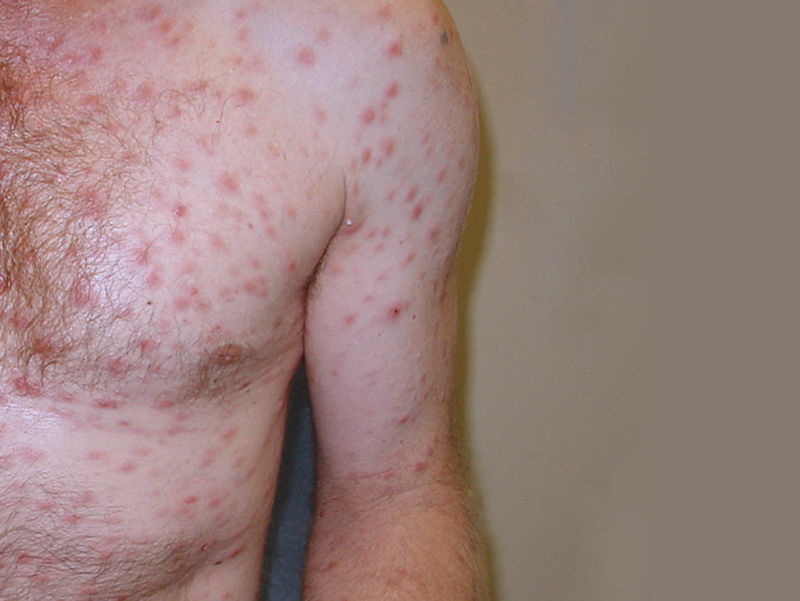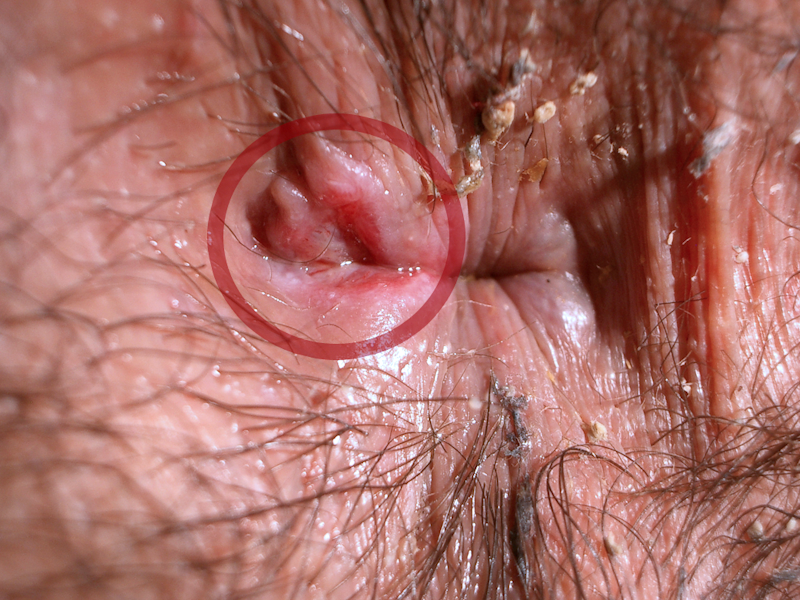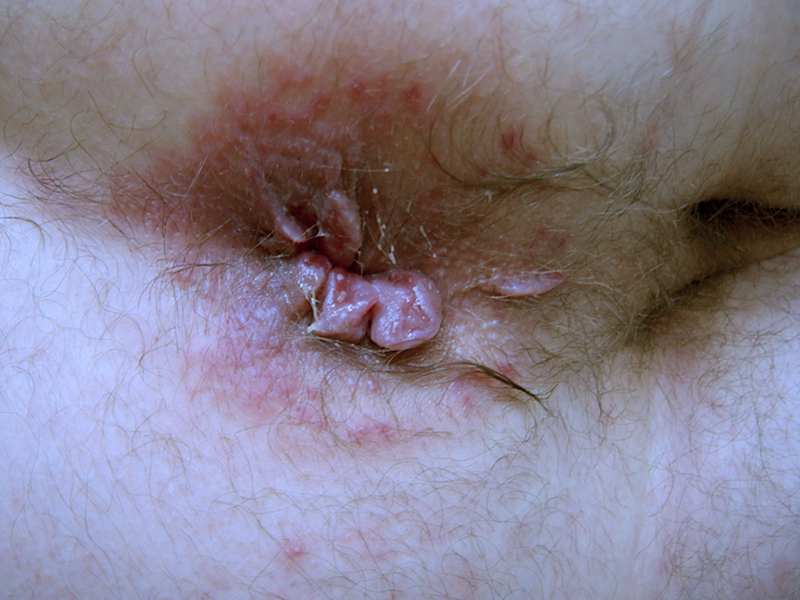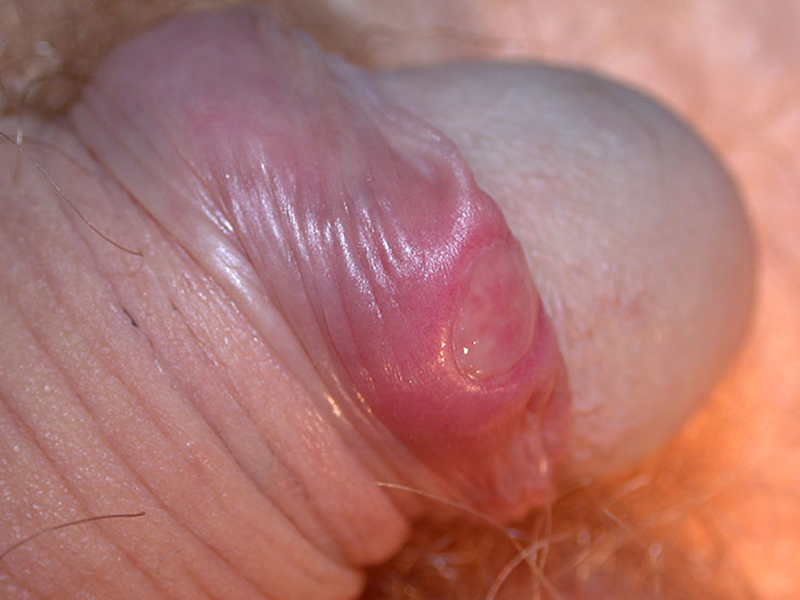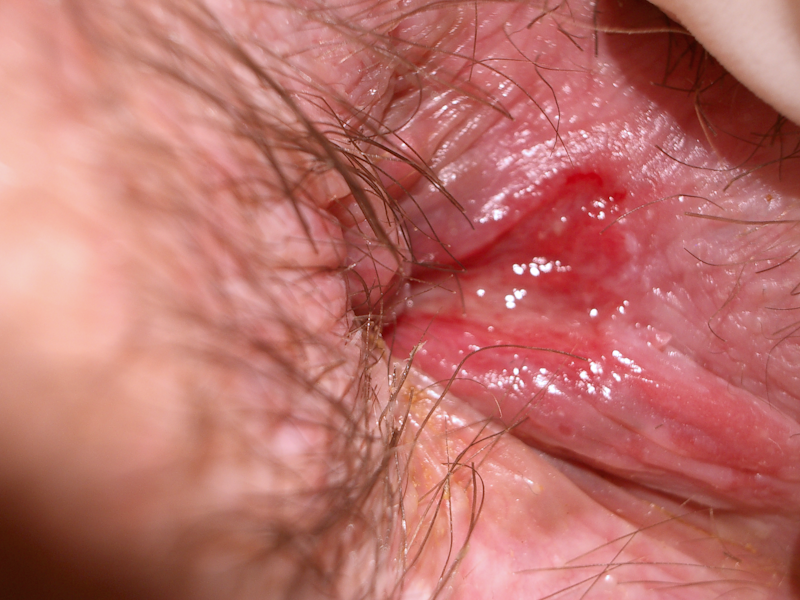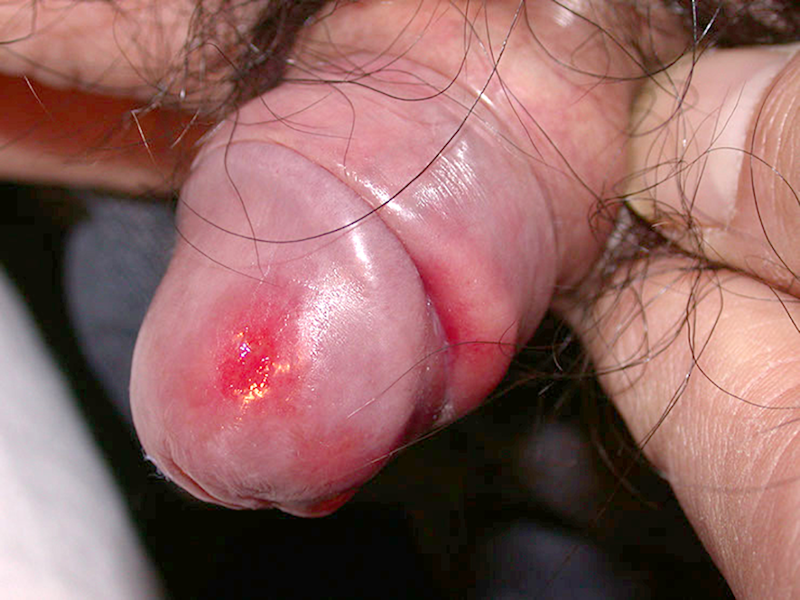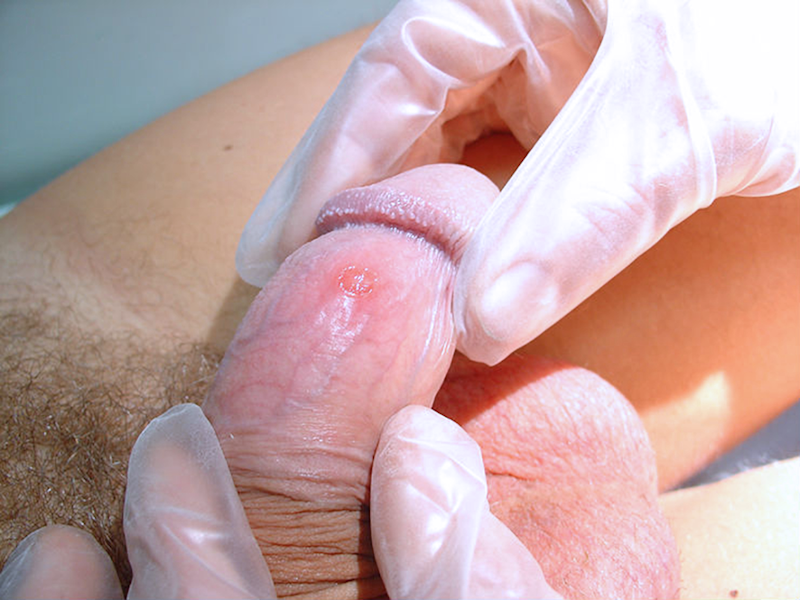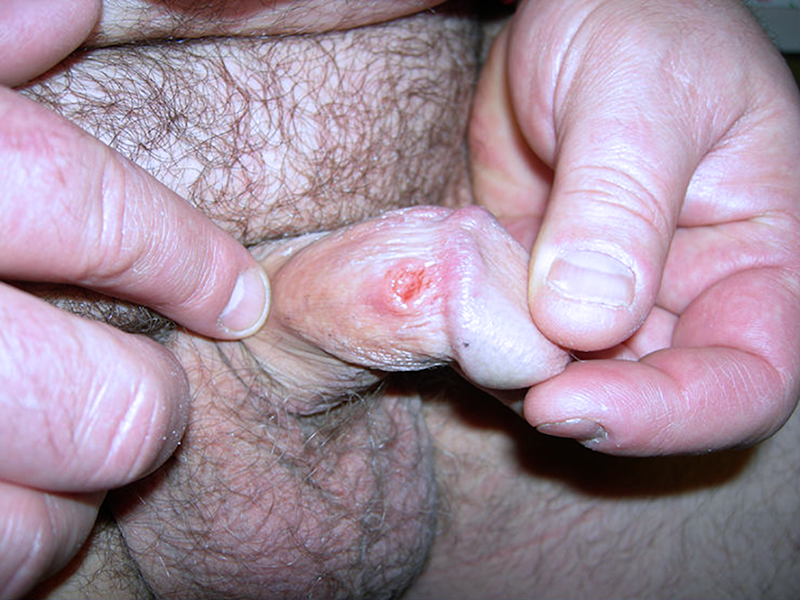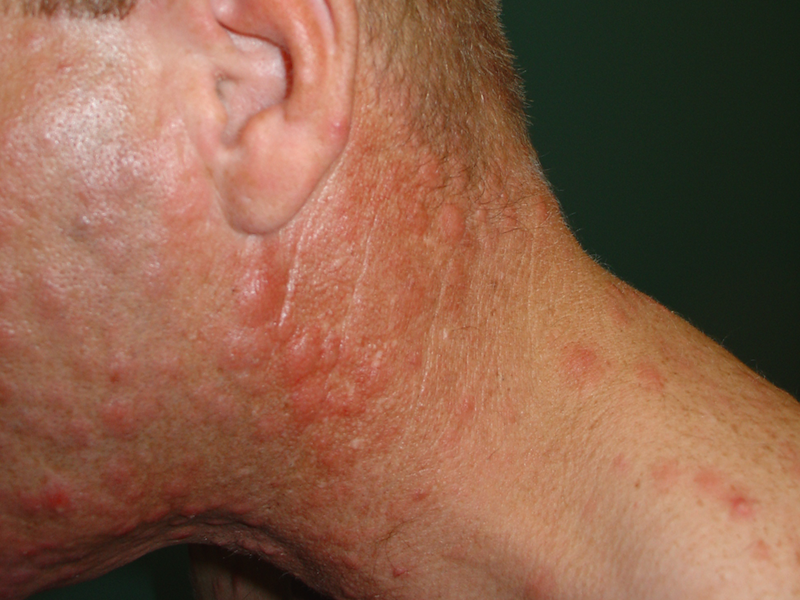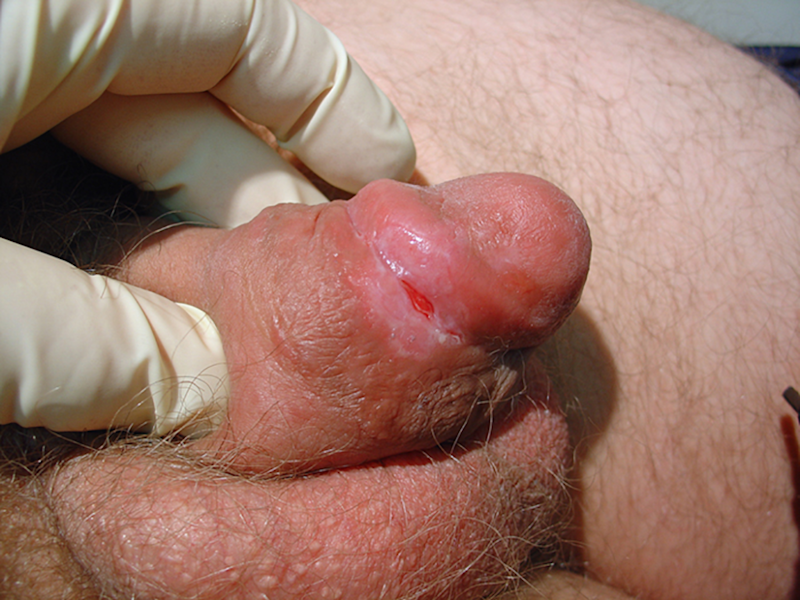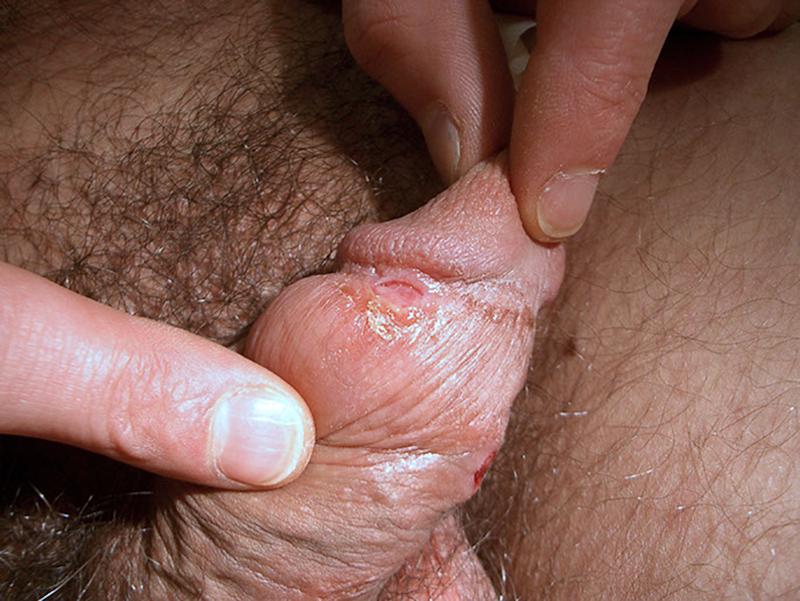Types
Syphilis is categorised into:
- Early infection - less than 2 years duration. Early infection includes primary, secondary and early latent disease.
- Late infection - more than 2 years duration. Late infection includes late latent and late clinical disease.
There is an ongoing epidemic of syphilis among men who have sex with men (MSM) in Australia. In addition, since 2015 cases among heterosexual males and females in Victoria have increased.
A high proportion of MSM with syphilis are HIV positive or taking pre-exposure prophylaxis (PrEP) against HIV.
Untreated syphilis can lead to serious neurological and cardiovascular complications.
Infection in pregnant women poses specific management problems and should be discussed with an experienced clinician. Refer to our Syphilis in pregnancy treatment guidelines.
For further advice, call our Clinicians Advice Line on 1800 009 903.
Causes
Syphilis is caused by spirochaete Treponema pallidum.
Clinical presentation
Approximately 33% of cases of early syphilis present as primary chancres. Chancres can appear at any body site and, though classically being described as single, painless indurated ulcers, may also present as multiple, painful shallow genital ulcers.
About 22% of cases present as secondary syphilis, most commonly as a generalized nonpruritic (non-itching) rash. However, the clinical manifestations of secondary syphilis are many and varied and encompass a wide range of mucocutaneous lesions.
The possibility of syphilis should be considered in all cases of mucocutaneous lesions, visual changes, hearing loss and vestibular dysfunction occurring in sexually active persons.
Another 45% of early syphilis cases have no symptoms and are detected only by serological screening.
Latent (asymptomatic) syphilis is defined as early infection only when there is clear evidence that it has been acquired within the preceding 2 years. That is, any seroconversion from previous negative serology or a 4-fold (2 dilution step) increase in RPR titre when there has previously been reactive serology.
Persons who have been treated for syphilis will almost always have persistently reactive specific serological markers, but a negative or low-level RPR titre of 1-4. Re-treatment is not needed if the RPR remains at a low stable level.
All other cases of asymptomatic syphilis of uncertain duration are treated as late latent infections.
Late clinical ('tertiary') manifestations have become very rare since the advent of penicillin.
Patients with syphilis should be tested for HIV.
Diagnosis
| Test | Site/ specimen | Comments |
|---|---|---|
| PCR | Lesion swabs | Highly sensitive and specific |
| Serology | Blood |
Specific treponemal antibody tests include immunoassays (EIA or CLIA) and agglutination assays (TPPA/TPHA). These are almost always positive at the time of presentation of primary chancres (but the RPR is negative in around 30% of such cases). Specific treponemal tests generally remain positive for life after treatment, though cases of primary syphilis treated very early can lose all serological markers. Non-reactive specific treponemal antibody tests 3 months after possible exposure excludes syphilis infection. |
| Darkfield microscopy | Lesion |
Dark field microscopy can identify motile spirochaetes in ulcers and other moist lesions of primary and secondary syphilis. This is a useful point-of-care test when facilities are available, but is not very sensitive. The lesion is cleaned with saline, squeezed gently, and a drop of expressed exudate placed onto a glass slide. False positive results are uncommon, but can occur due to the presence of commensal spirochaetes. False negative results are common, particularly from crusted lesions or where there has been prior systemic or topical antibiotic treatment. |
Screening for syphilis
Because many cases of early infectious syphilis are asymptomatic, MSM should be offered serology for syphilis at least once a year. This should be more frequent in those at higher risk.
MSM living with HIV should have serology for syphilis included in the routine bloods taken for monitoring HIV.
MSM on PrEP should have syphilis serology as part of their 3 monthly monitoring.
Sexually active heterosexuals in regions where syphilis is circulating should be screened for syphilis.
Pregnant women should be screened for syphilis and re-screened later in pregnancy if at risk for infection later in pregnancy.
Management
Index patient
IM Benzathine Penicillin can be accessed free of charge through the 'Doctors Bag' (Prescriber bag) in Primary care clinics to allow for immediate treatment of individuals diagnosed with syphilis or presenting as contacts of syphilis.
Syphilis is notifiable to the Victorian Department of Health.
| Condition | Recommended | Comment |
|---|---|---|
| Early syphilis |
Benzathine penicillin G (2.4 Million Units) IM, stat OR Procaine penicillin G 1.0 g IM daily 10 days OR Doxycycline 100 mg PO, twice daily for 14 days (if allergic to penicillin and not pregnant) |
Benzathine penicillin (long-acting) is the only recommended form of penicillin for treating syphilis. Benzyl penicillin (short-acting) is not the correct treatment for syphilis. Procaine penicillin is effective but requires daily injections and is generally not used. Non-penicillin regimens have not been thoroughly evaluated and should be used only when penicillin is contraindicated. Any alternative to penicillins should be discussed with a specialist and used with caution. Patients being treated for early syphilis should be warned of the possibility of the Jarisch-Herxheimer reaction, which often occurs several hours after the first injection of penicillin. Patients should be reassured that this is transient and the symptoms can be relieved with paracetamol or aspirin. This reaction is not a sign of an allergy to penicillin. Patients with syphilis should be tested for HIV. Individuals should abstain from sex with their partners until 7 days after both have received treatment. |
| Late latent syphilis |
Benzathine penicillin G (2.4 Million Units) IM, 3 doses given at weekly Intervals OR Procaine penicillin G 1.0 g IM, daily 15 days OR Doxycycline 100 mg twice daily for 28 days (if allergic to penicillin and not pregnant) |
Up to 14 days is an acceptable interval between multiple doses of benzathine penicillin, providing all 3 injections are given over a period not exceeding 28 days. |
| Cardiovascular syphilis, ocular syphilis and neurosyphilis |
If suspected these should be referred to the appropriate specialist for diagnosis and management. The possibility of neurosyphilis should be considered in all cases of syphilis. Cases with abnormal neurological or ophthalmological symptoms or signs should be discussed with an experienced clinician for consideration of lumbar puncture, CSF examination and intravenous penicillin. Treatment of neurosyphilis may require prior treatment with steroids to prevent worsening of symptoms. Call our Clinicians Advice Line on 1800 009 903. |
|
| Syphilis in people living with HIV | The recommended treatment regimens are the same as for HIV negative persons. |
The possibility of neurosyphilis should always be considered in the differential diagnosis of neurological disease in HIV infection. Case reports have suggested that treatment failures may be more common when syphilis occurs in HIV positive patients. |
| Syphilis in pregnancy | Call our Clinicians Advice Line on 1800 009 903. |
Follow up
The RPR should be repeated on the day of treatment to establish a baseline titre as it may have increased since the previous test.
Patients should be advised to repeat serology 6 months following treatment.
Following treatment, a raised RPR titre should fall fourfold (2 dilutions) by 6 months.
If the RPR titre falls satisfactorily following treatment only to increase again, this signifies reinfection.
Where the RPR titre fails to fall, consider reinfection or, less commonly, treatment failure or asymptomatic neurosyphilis.
Contact tracing & partner management
Partner notification should be discussed with patients diagnosed with syphilis as sex with untreated, infected partners can result in reinfection. Consider referring patients to Let Them Know where patients can SMS and email partners about their diagnosis.
Individuals who report sexual contact with a person with syphilis should be treated with a single dose of benzathine penicillin without waiting for the results of serology, which will be negative for some weeks after exposure. Doxycycline can be used if contacts are penicillin allergic.
Any contacts with lesions suspected of being syphilis should have a lesion swab for T. pallidum PCR.
Clinical images of syphilis presentation
Warning
May contain graphic images of human anatomy, medical conditions and medical procedures. Viewing discretion is advised.
Clinical education: Syphilis
This presentation on syphilis includes discussion on clinical presentation, staging of syphilis; serological diagnosis, treatment according to the stage of syphilis and several case studies to test your knowledge.
Disclaimer
We recognise that gender identity is fluid. In our treatment guidelines, the words and language we use to describe genitals and gender are based on the sex assigned at birth.
The content of these treatment guidelines is for information purposes only. The treatment guidelines are generic in character and should be applied to individuals only as deemed appropriate by the treating practitioner on a case by case basis. Alfred Health, through MSHC, does not accept liability to any person for the information or advice (or the use of such information or advice) which is provided through these treatment guidelines.
The information contained within these treatment guidelines is provided on the basis that all persons accessing the treatment guidelines undertake responsibility for assessing the relevance and accuracy of the content and its suitability for a particular patient. Responsible use of these guidelines requires that the prescriber is familiar with contraindications and precautions relevant to the various pharmaceutical agents recommended herein.

